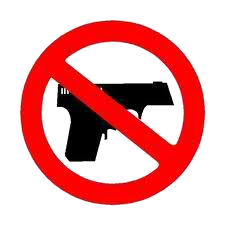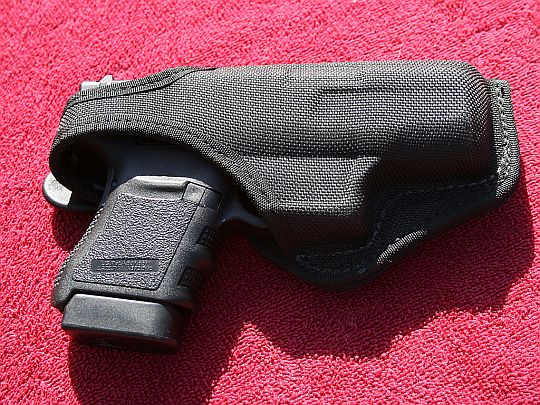 The Firearms Policy Coalition and Second Amendment Foundation plus some individual plaintiffs have filed a lawsuit in the 5th Circuit Federal District Court regarding the prohibition of carrying a concealed firearm into or on the grounds of any US Post Office. They seek to have the court declare that such a prohibition is unconstitutional under previous Supreme Court Decisions. This is good news for us since we rent a PO Box at the local facility and it is a pain to have to disarm to merely stroll in and get our mail.
The Firearms Policy Coalition and Second Amendment Foundation plus some individual plaintiffs have filed a lawsuit in the 5th Circuit Federal District Court regarding the prohibition of carrying a concealed firearm into or on the grounds of any US Post Office. They seek to have the court declare that such a prohibition is unconstitutional under previous Supreme Court Decisions. This is good news for us since we rent a PO Box at the local facility and it is a pain to have to disarm to merely stroll in and get our mail.
Cam Edwards at Bearing Arms reports on a previous ruling against the prohibition:
As FPC and SAF point out in their initial complaint, at least one other district court judge has already determined that making postal facilities “gun-free zones” violates the Constitution. In United States v. Ayala, a postal worker was indicted for possessing a handgun after he carried his concealed pistol inside a postal facility in Tampa. Emmanual Ayala has a valid Florida carry license, and says he had his pistol with him while hauling packages in a semi. Rather than leave the gun behind in his vehicle, Ayala kept it secured inside a fanny pack when he would enter postal facilities, but in September of 2022 he was stopped by postal inspection officials and was ultimately arrested by the Tampa police for bringing his gun into the facility.
In January of this year, however, U.S. District Judge Kathryn Kimball Mizelle threw out the charges against Ayala, ruling that the government had not demonstrated a historical tradition of barring guns in postal facilities.
This issue will probably be kicking around in the courts over the course of a couple of years. Keep in mind that it is VERY IMPORTANT to get the anti gun Democrats out of the Whitehouse and congressional majorities or this may never be resolved. Support the SAF and FPC and, most of all, support pro-gun choices for elected office at any level of government.
Yes – we’re back to blogging about our rights as Americans more frequently, we hope.
Continue to pray and support those who need it.


 When I’m puttering around the house and yard, I have this little ensemble clipped inside my waistband. It’s my little
When I’m puttering around the house and yard, I have this little ensemble clipped inside my waistband. It’s my little  This may put a crimp in our plans to go to the
This may put a crimp in our plans to go to the  H.R. 197, introduced in the U.S. House by Representatives Cliff Stearns’ (R-Fla.) and Rick Boucher (D-Va.), would allow any person with a valid concealed firearm carrying permit or license, issued by a state, to carry a concealed firearm in any state, as follows: In states that issue concealed firearm permits, a state’s laws governing where concealed firearms may be carried would apply within its borders. In states that do not issue carry permits, a federal “bright-line” standard would permit carrying in places other than police stations; courthouses; public polling places; meetings of state, county, or municipal governing bodies; schools; passenger areas of airports; and certain other locations. The bill applies to D.C., Puerto Rico and U.S. territories. It would not create a federal licensing system; it would require the states to recognize each others’ carry permits, just as they recognize drivers’ licenses and carry permits held by armored car guards. Rep. Stearns has introduced such legislation since 1995.
H.R. 197, introduced in the U.S. House by Representatives Cliff Stearns’ (R-Fla.) and Rick Boucher (D-Va.), would allow any person with a valid concealed firearm carrying permit or license, issued by a state, to carry a concealed firearm in any state, as follows: In states that issue concealed firearm permits, a state’s laws governing where concealed firearms may be carried would apply within its borders. In states that do not issue carry permits, a federal “bright-line” standard would permit carrying in places other than police stations; courthouses; public polling places; meetings of state, county, or municipal governing bodies; schools; passenger areas of airports; and certain other locations. The bill applies to D.C., Puerto Rico and U.S. territories. It would not create a federal licensing system; it would require the states to recognize each others’ carry permits, just as they recognize drivers’ licenses and carry permits held by armored car guards. Rep. Stearns has introduced such legislation since 1995.
